Sequoia/Kings Canyon National Parks, CA, 9/25-9/27
by Mitchell Lettow | Oct 3, 2018 | trip
-
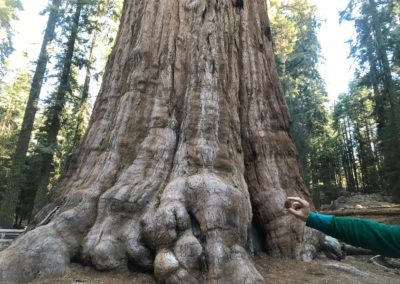
This is one of the lucky sequoias (Sequoiadendron giganteum). They all start their chance to make it from an olive-sized cone and an oat-sized seed. The odds are incredibly small, but a few who are lucky and get the right conditions can become giants!
-
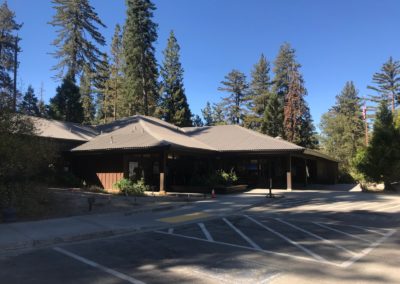
Kings Canyon Visitor's Center (King's Canyon and Sequoia National Parks are separate technically, but right next to one another and managed jointly.)
-
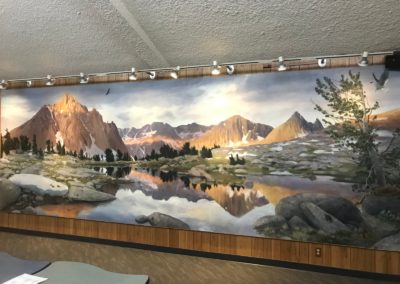
Beautiful mural of alpine communities of the Sierra Nevada mountain range.
-
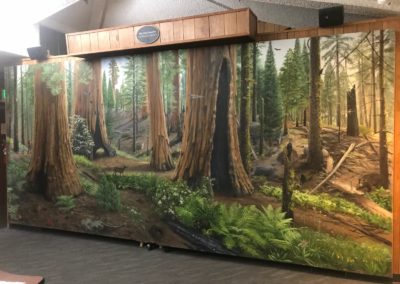
Sequoia forests of the Sierra Nevada.
-
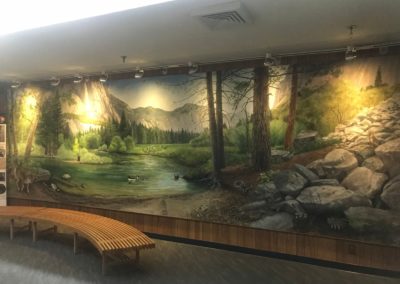
Riparian (waterside) communities of the Sierra Nevada.
-
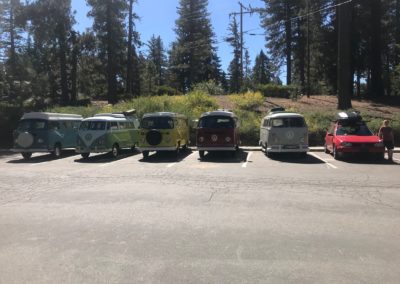
"Hey guys, I'm cool too!!!"
-
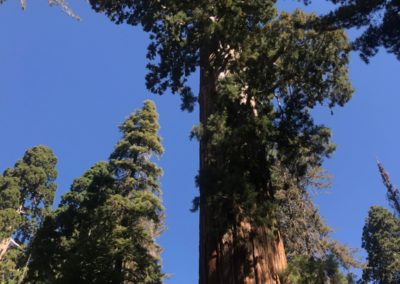
Be careful not to trip! Constantly gawking, looking up into the canopy at these behemoth trees.
-
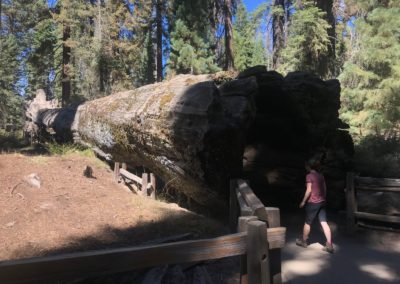
When these giants fall, they remain a part of the system for a long time and don't rot! In fact some early settlers and explorers to the park lived in hollow downed Sequoia trees.
-
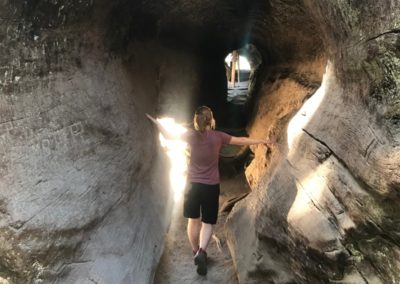
-
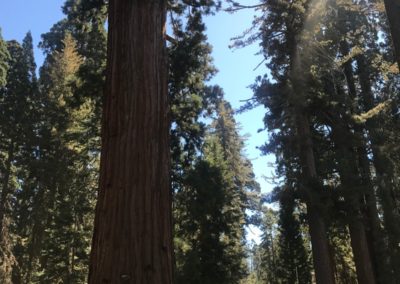
-
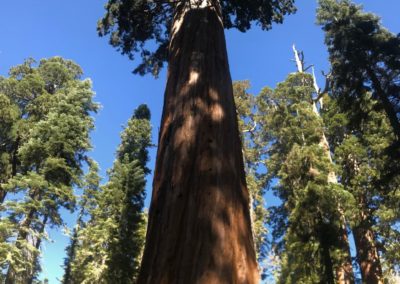
-
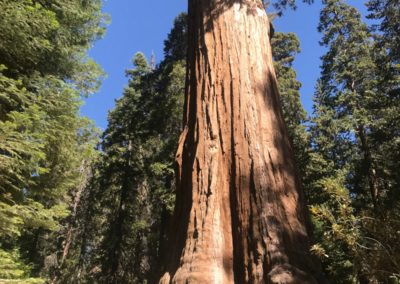
-
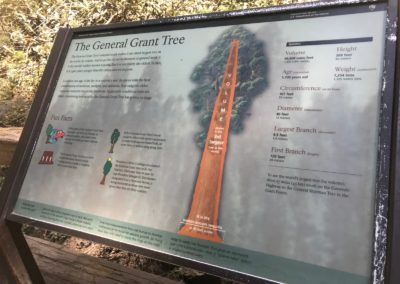
-
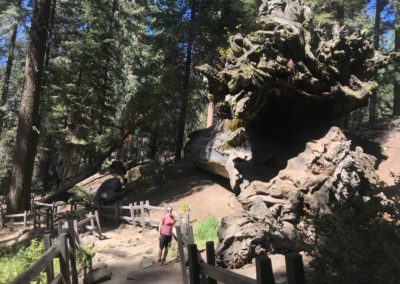
Emily standing next to the root mass of the "Michigan Tree." There was actually a small groundwater seep at the base of this tree which ultimately made the root system unstable and caused the collapse of the giant tree.
-
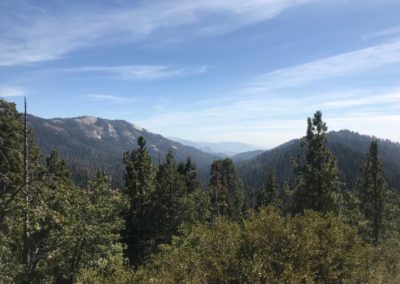
Good look at the Sierras.
-
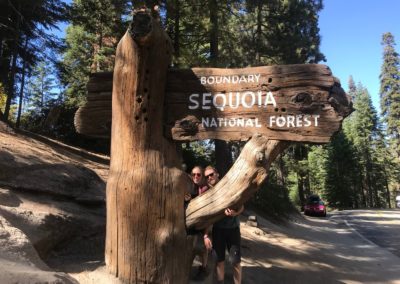
-

-
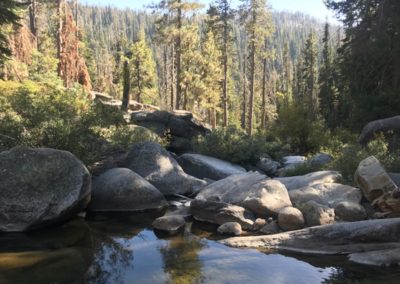
-
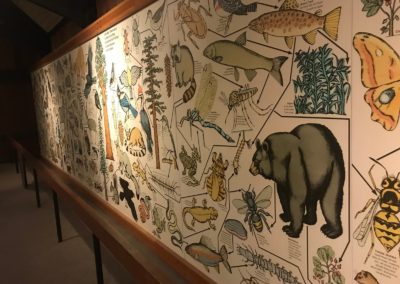
The coolest depiction of a food web I've ever seen! (Lodgepole Visitor's Center, Sequoia NP)
-
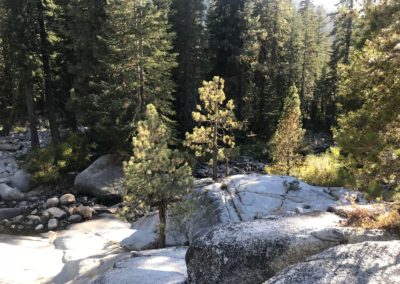
-

Emily taking a nap while I wait for a bird....
-
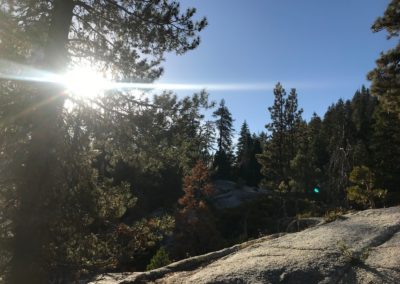
-
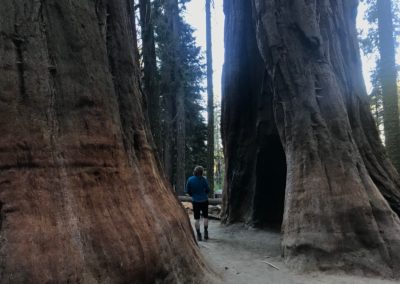
-
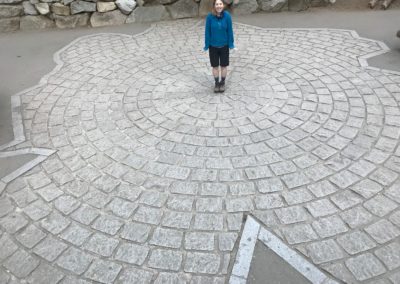
Emily at the center of the recreated girth of the General Sherman Tree!!
-
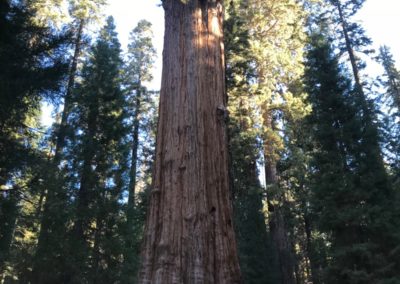
-

-
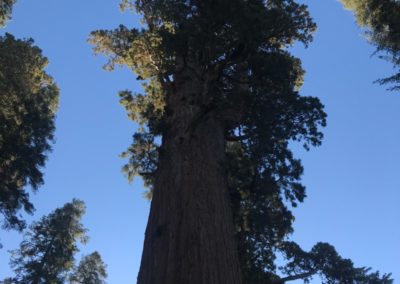
-
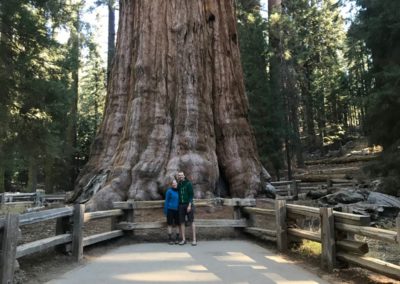
General Sherman himself! There are taller trees, older trees, and wider trees, but General Sherman is the world's "biggest" tree! Meaning the physical volume and sheer weight of the tree surpass any other.
-
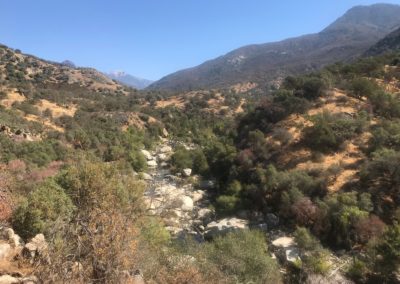
Leaving the parks on the westside, the foothills are wildly different habitats! Dry, thick, and scrubby, there are no sequoias here (too dry). Predominantly canyon live oak, junipers, and manzanita shrubs. Lots of wildlife here though, including quail, rattlesnakes, and lots of other birds!
-
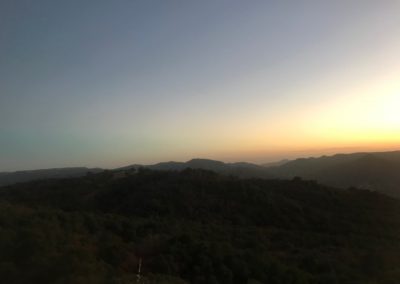
Sun setting on our time in Sequoia....
